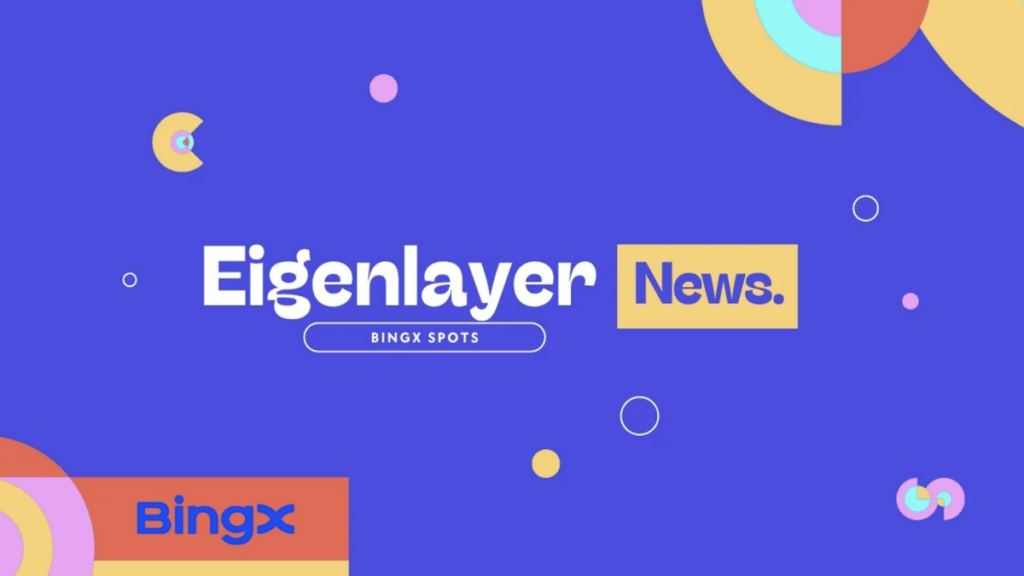The NFT market is volatile. Extremely volatile. If you ever bought an NFT, you already know it well. The price of an NFT can fluctuate depending on a number of factors, including rarity, utility, and trends.
Even if your NFT went up in value, there’s no guarantee that anyone would want to buy it. The NFT market is still very young and illiquid. There are more sellers than buyers, meaning you might have to wait a long time before finding a buyer willing to pay the price you want.
However, there are ways to get liquidity from your NFTs without selling them.
Let’s Start With What’s Liquidity
We always like to clear things up for inexperienced crypto traders and NFT collectors. So, before we go into how to get liquidity from your NFTs, let’s first explain what liquidity is.
In short, liquidity refers to how easily an asset can be bought or sold without affecting the price. The more liquid an asset is, the easier it is to buy and sell.
If an asset is illiquid, it can be difficult to find a buyer or seller willing to trade at the price you want. You might have to wait a long time before finding a trade partner or be forced to sell at a lower price than you want.
Liquidity in the NFT Market
As a collector or an investor, you differ from traditional investors in a few ways. For instance, instead of buying shares that represent the ownership percentage of a company, you’re buying a digital asset that represents a specific thing.
This thing can be a piece of art, a meme, or even a digital world. It can be anything, really.
In a technical sense, NFTs are tokens. However, culturally, they represent more than that. They’re a part of Internet culture in a major way. That’s why the Internet community creates scarcity and drives up the prices of popular NFTs.
However, this also means that the NFT market is much more unpredictable and less liquid than traditional markets.
How to Get Liquidity Out Of Your NFTs
The good news is that there are ways to get liquidity from your NFTs without selling them.
Here are three methods you can use:
1. Deposit Into an NFT Vault
One way to get liquidity from your NFTs is to deposit them into a specialized vault. You have NFTx, for example. It’s a platform that issues vault tokens backed by NFTs. Sounds too complicated? It’s not. Here’s how it works.
On the platform, you can deposit your NFT into a vault that houses an NFT collection and mint an ERC-20 token, called vToken. The token represents a 1:1 claim on a random NFT from the collector’s vault.
The vToken is then traded on decentralized exchanges or used as collateral for loans.
2. Fractionalize It
You can turn your NFT into multiple tokens through a process called fractionalization. It involves dividing your NFT into multiple pieces and selling each piece as a token.
A fractional NFT could be tied to a single NFT or a collection. To fractionalize your non-fungible token, you need to lock it up in a digital vault through a service like NFTfy or Fractional.Art and issue fungible tokens that represent ownership of the underlying asset.
The advantage of this method is that you can sell each token for a different price, depending on the market. You’re also not selling the entire NFT, so you still have a part of it.
3. Rent It Out
You can rent it out if you don’t want to sell your NFT. Renting out your NFT is a good way to get some extra cash without selling it.
How can you do it? Some platforms allow you to do this, such as reNFT, which allows owners to lease their NFTs for a specified period of time. The lessee then pays the owner in either crypto or fiat.
The platform focuses on Metaverse assets like character skins, in-game items, and 3D models.
You can decide on a rental fee and set a minimum and maximum rental period. The platform will then match you with a renter and handle the transaction. When the contract expires, the NFT is returned to you.
Turn Your NFT Into a Fungible Asset
As you can see, there are ways to get liquidity from your NFTs without selling them. You can deposit them into a vault, fractionalize them, or rent them out.
Each method has its own advantages and disadvantages. You need to decide which one is best for you.
Author

Keen blogger with a zest for Web3, delving into the symbiotic narrative of NFTs and decentralized frameworks.




